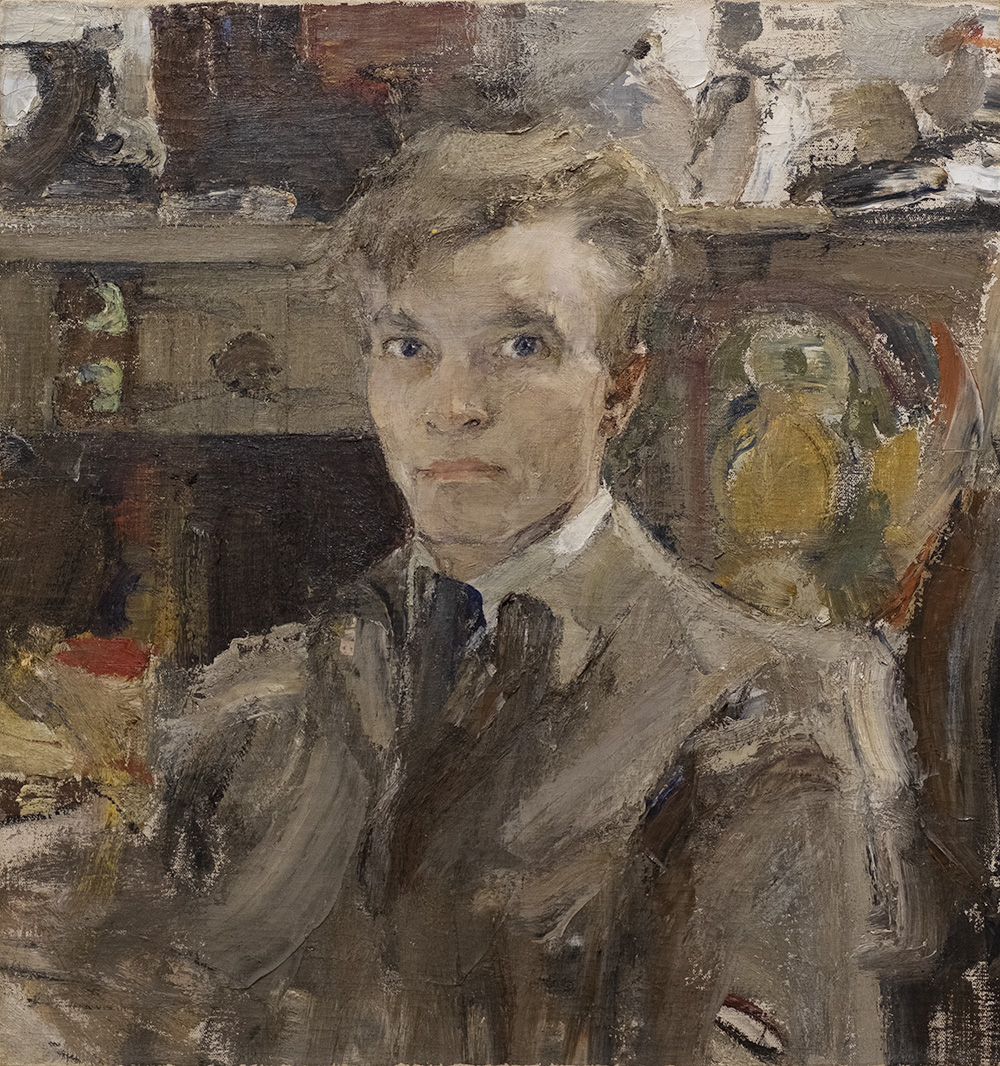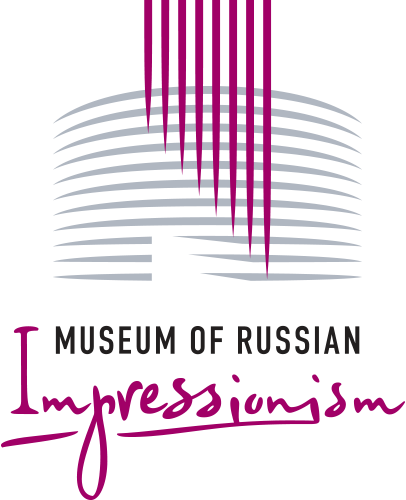
The State Museum of Fine Arts of the Republic of Tatarstan
The exhibition “A place under the sun: Benkov / Fechin” opens with a portrait of Pavel Benkov and Nikolai Fechin’s “Self-portrait”.
The painters-to-be met at the Kazan Art School and soon became friends. They zealously applied themselves to their studies and overcame various adversities together, all while huddled in a wretched little room, taking breaks only to have some bread and tea. After leaving school, they both moved to St. Petersburg to enter the Academy of Arts. After completing their studies, they returned to Kazan and began to teach in their former school. Groups were formed around them: students were divided into “Benkovites” and “Fechinites”.
Fechin and Benkov were an unusually contrasting pair. They were constantly compared, although they were completely different — both in terms of their art and their other, more external features. Fechin was refined, handsome and fairly aloof. Benkov had gone completely bald at thirty, had an “uninteresting” freckled face, but at the same time, was the “life and soul of the party”.
Fechin painted “Self-portrait” in his workshop in Kazan — 3 years before leaving for America. Out of all of Fechin’s numerous self-portraits from different years, this work from 1920 is distinguished by its particular acuteness, combined with ambiguous content. In this portrait, strength and dedication are mixed with a sense of detachment, yet alertness. We might assume that this self-portrait reflected both the bitter life experiences that he had acquired by reaching middle age and a premonition of the impending trials to come.



